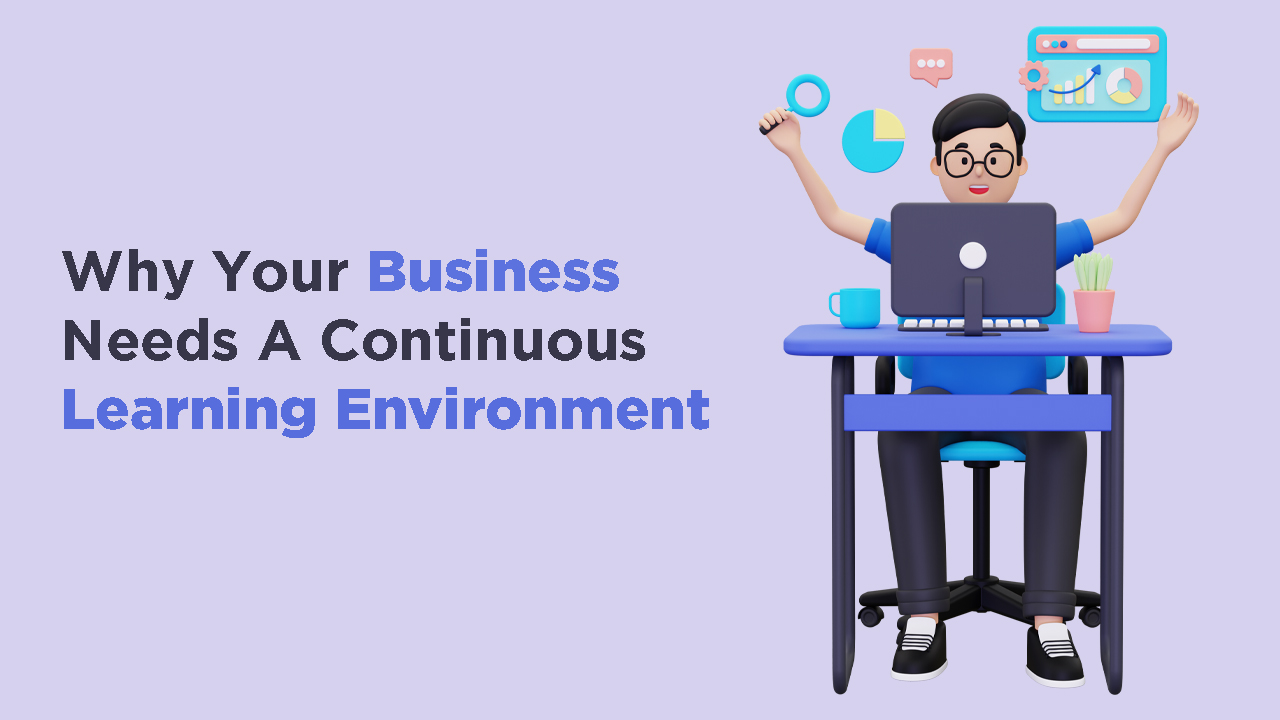Key Benefits of a Continuous Learning Culture
1. Closing the Skills Gap
As business models and technologies evolve, skills shortages continue to grow. Studies indicate that 70% of employees lack the necessary skills to adapt to industry changes. To address this, organizations must invest in continuous training to upskill employees and keep pace with market demands.
By implementing structured learning programs, companies can reduce the costs associated with hiring new talent while ensuring that employees feel valued, supported, and motivated to grow. A well-designed learning ecosystem not only bridges skill gaps but also prepares employees for new roles and responsibilities, strengthening workforce adaptability.
2. Gaining a Competitive Advantage
The ability to learn, develop, and innovate is crucial for business success. Organizations that prioritize continuous learning report 50% higher net sales per employee, demonstrating the direct impact of skill development on business performance.
Equipping employees with up-to-date industry knowledge ensures they can respond effectively to market shifts and customer needs. By integrating continuous learning into their operations, businesses can drive efficiency, boost value across departments, and maintain a strong competitive position.
3. Enhancing Employee Retention
Employee retention is a growing concern for many organizations. Research shows that employees who receive consistent learning and development opportunities are 30%-50% more likely to stay with their employer long-term.
A workplace that invests in continuous learning fosters a culture of growth, attracting and retaining top talent. Employees who feel supported in their professional development are more engaged, motivated, and aligned with company goals. Retaining skilled employees reduces recruitment costs and strengthens an organization’s long-term success.
4. Creating a More Engaging Work Environment
Providing employees with learning opportunities demonstrates an organization’s commitment to their growth, leading to higher job satisfaction and productivity. A workplace that promotes continuous learning fosters collaboration, innovation, and stronger team dynamics.
When employees have access to flexible, on-demand learning resources, they feel empowered to take charge of their professional development. This not only enhances workplace morale but also builds a culture of continuous improvement that benefits both employees and the organization.
5. Maximizing Return on Investment (ROI)
A strong learning culture directly contributes to improved employee performance, engagement, and agility. Organizations that prioritize continuous learning see increased workforce productivity and adaptability, ensuring they stay ahead in a rapidly evolving business environment.
By continuously upskilling employees, businesses can future-proof their workforce, drive long-term growth, and enhance overall business outcomes.
Conclusion
In today’s competitive landscape, continuous learning is no longer optional—it’s essential. Organizations that embrace a culture of lifelong learning gain a highly skilled, engaged, and adaptable workforce that drives innovation and success.
From closing skill gaps and retaining top talent to fostering a more dynamic and competitive workplace, continuous learning fuels long-term organizational growth.






